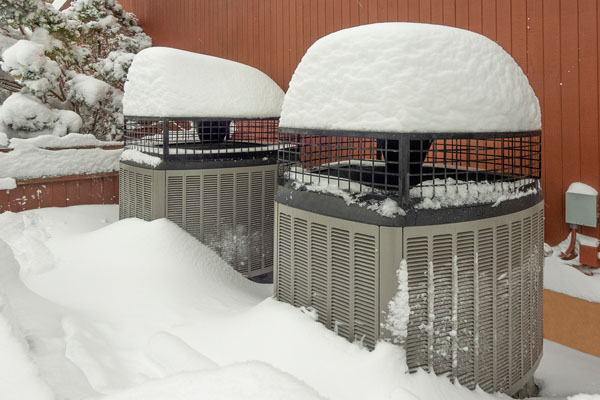
When you glance at your thermostat, chances are you’ll see a few settings that haven’t quite caught your attention before. Among these, auxiliary heat and emergency heat options often stand out. It’s common for many homeowners to have utilized these functions, perhaps without a deep understanding of their purpose. Let’s delve into what auxiliary heat vs emergency heat really means.
Heat Pump: Understanding Auxiliary Heat and Emergency Heat
Contents
Heat pump systems often feature ‘auxiliary’ and ’emergency’ heat settings. Both these settings are designed to provide additional heating when needed.
A heat pump consists of an external unit and an internal auxiliary system. It efficiently draws heat from outside in mild weather, but in colder conditions, like freezing temperatures, the auxiliary system is activated for extra warmth. Emergency heat, alternatively, is a manual option used when the heat pump faces operational issues.
Auxiliary Heat Explained
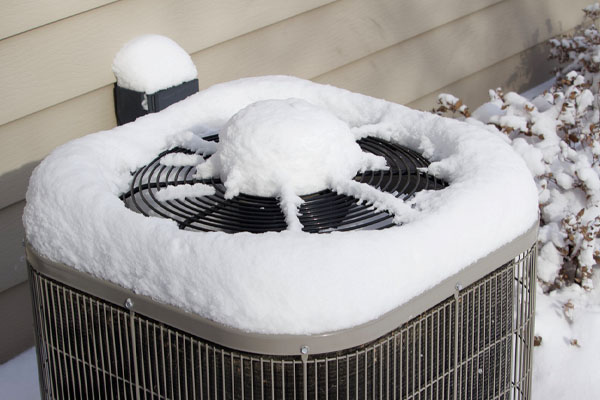
Auxiliary heat in a heat pump system turns on automatically when outdoor temperatures fall below a certain point, preventing the heat pump from drawing enough heat for comfortable indoor temperatures. The system uses both the heat from outdoors and a secondary heating source, typically electric heating coils, to ensure the indoor temperature reaches the desired level.
When the auxiliary heat is active, the system works harder to raise the indoor temperature. As the outdoor temperature increases, the heat pump smartly deactivates the auxiliary heat, as the need for the secondary heat source decreases.
Understanding Emergency Heat
Emergency heat, as the name implies, is reserved for urgent situations and is manually activated. This setting becomes crucial when a system malfunctions and immediate technical repair isn’t possible. In such instances, homeowners still require the heat pump to maintain heat output. Emergency heat mode bridges this gap, acting as the secondary heat source, allowing the heat pump to sustain the desired temperature until repairs can be made.
Guidelines for Using Auxiliary or Emergency Heat
Auxiliary heat is designed to supplement the heat pump when there’s a significant temperature discrepancy – specifically when there’s at least a 3-degree difference between the actual indoor temperature and the thermostat setting. This function is vital for maintaining comfort, particularly when indoor temperatures drop below the desired level. It prompts the heat pump to produce additional heat. On the other hand, emergency heat should be employed in cases of heat pump malfunction. Being a manual function, it can be switched off as soon as a technician arrives to address the issue.
Heat Pump Can’t Generate Sufficient Heat
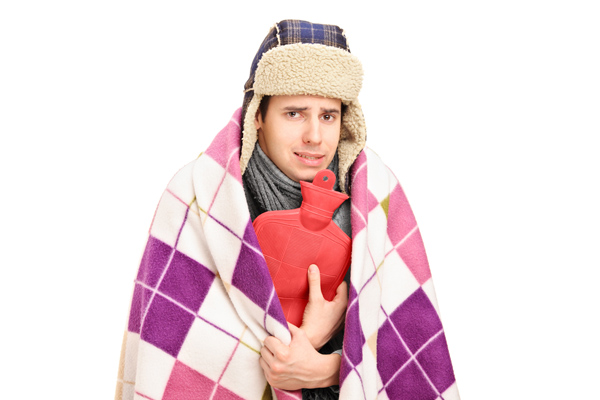
Occasionally, a heat pump may not be able to produce sufficient heat to maintain a warm home, particularly when it struggles to meet the set temperature. In such scenarios, the shortfall in heating is compensated for by the auxiliary heat mode. This mode activates the electric resistance heating feature of the heat pump, providing the additional energy needed to bridge the gap between the actual and desired indoor temperatures.
Defrost Mode in Your Heating System
In colder climates, ice accumulation on the outdoor unit of a heat pump is a common issue. To counteract this, the system enters “Defrost Mode,” a process designed to melt the ice buildup. During freezing conditions, the system circulates hot refrigerant to the outdoor unit, effectively thawing the ice. While in defrost mode, the heat pump temporarily stops heating the house. This is where the auxiliary mode steps in to maintain a warm and comfortable indoor space.
Identifying Defrost Mode in Your Heat Pump
Recognizing when your heat pump enters Defrost Mode is key to understanding its performance. Here are the signs to look out for:
- Water or steam emission from the outdoor heat pump unit.
- The outdoor unit’s fan will cease operation.
- Activation of a blinking light indicator, though this feature is model-specific and may not be present on all heat pumps.
Preventing Unnecessary Activation of Auxiliary Heat
Auxiliary heat mode can strain your heat pump system, especially in extremely low temperatures where the system must work harder to produce enough heat. To prevent potential issues arising from such mechanical and electrical strain, it’s advisable to implement specific measures in your home. These steps can help reduce the reliance on auxiliary heat, thereby maintaining the efficiency and longevity of your heating system. Let’s explore some effective strategies to achieve this:
Lower The Set Heat Temperature
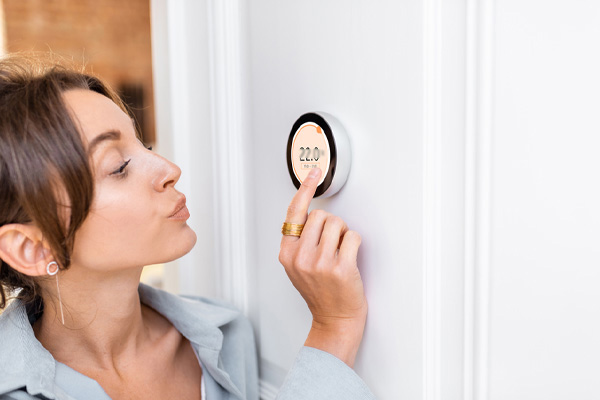
Often, setting the thermostat too high triggers the auxiliary heat, as the heat pump struggles to reach this elevated temperature. This places undue stress on your HVAC system. Setting your thermostat to a moderate range of 62 to 68 degrees is advisable to prevent this. This temperature range is typically sufficient for comfort and helps your heat pump operate more efficiently without overexerting itself.
Enhance Home Comfort
You can aid your heating system and make your home warmer during winter with a few adjustments. Let in natural light and warmth by keeping window shades open or curtains drawn during the day. Ensure that all windows and doors leading outside are securely locked and closed to prevent heat escape. Wear thick or layered clothing for additional warmth, which can be more energy-efficient than excessively turning up the heat.
Manage Unused Spaces
Consider shutting off heat in unoccupied areas of your home. If your system allows for area-specific control, turn off the heating in rooms that are not in use. Keep the doors to these rooms closed or close the air vents in them. This strategy helps redirect the warm air to the areas of your home that are in use, ensuring these spaces remain comfortably warm without overworking your heating system. This approach not only improves efficiency but also can contribute to energy savings.
Manage Persistent Auxiliary Heat Activation
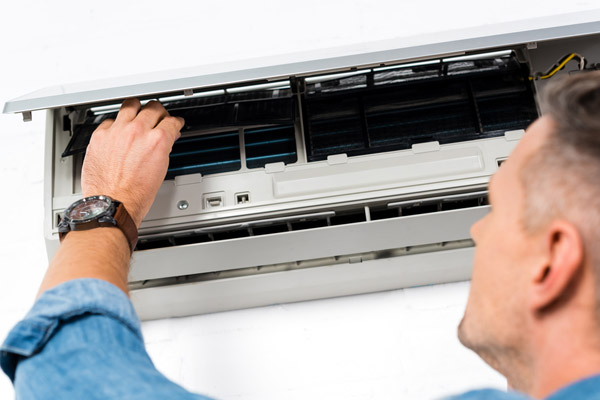
If you notice that your thermostat consistently relies on the auxiliary heat setting during winter, it could indicate that your HVAC system is struggling to meet your home’s heating demands. This persistent use of auxiliary heat often points to underlying issues with your heating system. It’s advisable to contact a professional HVAC technician for a thorough inspection. The problem could stem from various factors, such as a malfunction within the system or an inadequacy in the system’s size or capacity for your home. Prompt professional evaluation can help ensure your system operates efficiently and effectively.
Book Regular Heat Pump Maintenance
It’s crucial not to overlook annual maintenance checkups. A well-maintained system performs more efficiently and tends to have an extended lifespan. Ideally, schedule an inspection before the onset of winter. This timing allows any existing issues to be identified and resolved, with damaged parts or components repaired or replaced as needed. A pre-winter service is an excellent opportunity to clean the system and replace air filters. Addressing any necessary repairs before winter ensures your heat pump is in optimal condition for the colder months.
Conclusion
The heat pump faces its greatest challenge during the winter months. Despite being equipped with features designed to maintain reliability in extreme temperatures, its performance can be compromised if it’s subjected to excessive stress from high demand. Fortunately, a few thoughtful measures can significantly contribute to preparing and maintaining your heat pump for the winter season, ensuring it operates efficiently and effectively when you need it most.
Call PFO Heating & Air Conditioning for Comprehensive HVAC Services
PFO Heating & Air Conditioning is a leading provider of heating and cooling solutions in the Greater Princeton, NJ area. Our team comprises highly certified technicians, skilled in delivering top-notch HVAC maintenance, repair, installation, and replacement services. Each technician brings a wealth of expertise and experience, ensuring your HVAC system receives the best possible care.
We take pride in offering the most competitive prices for heating and cooling services in the region. Our maintenance programs are designed to enhance your comfort, boost energy efficiency, and cut down on heating and cooling expenses. Should you require HVAC repair or a new system, we’re here to recommend the most suitable options that align with your budget. At PFO Heating & Air Conditioning, customer satisfaction is paramount, backed by our comprehensive service guarantee. For a free, in-home estimate and to schedule your service appointment, contact PFO Heating & Air Conditioning today.
Call PFO Heating & Air Conditioning today and learn more about the services we offer. We will be happy to answer all your questions and concerns. Call now!
Click here to contact us now or call us at (800) 253-9001 to find out more! Click the link to view our service area.
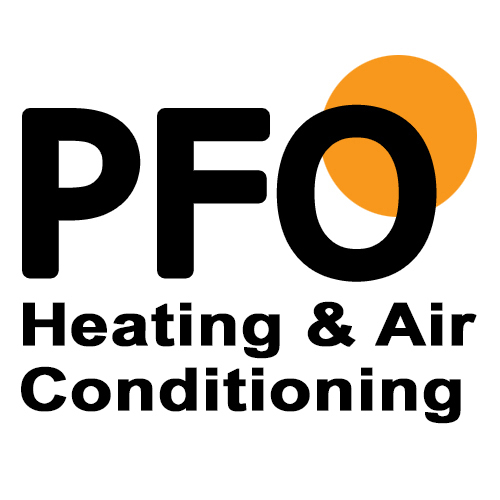
Related Articles:



